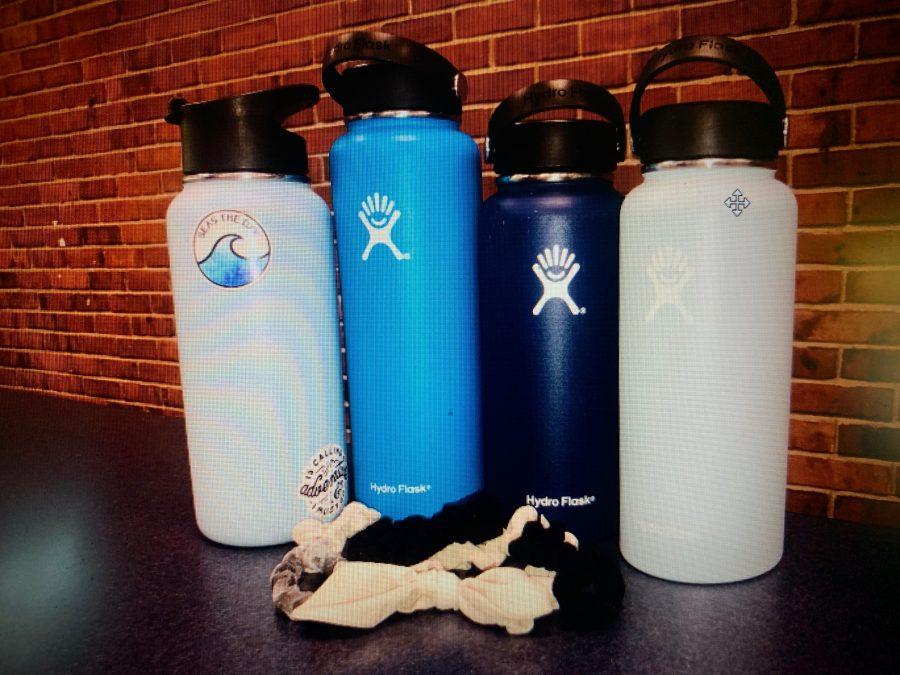The sound of crinkling McDonald’s wrappers and the smell of sugary donuts is becoming more and more common in American high schools as the school cafeteria does not shy away from selling sweets and students often drive to the local fast food joint for lunch.
However, this seemingly heavenly sight of tasty treats may actually have drastic consequences to a teen’s health, as fast food can lead to headaches, acne, strokes, depression, and high cholesterol.
The trend of junk food in high schools does nothing to mitigate the country’s obesity crisis, as approximately 17 percent of children and adolescents are obese; According to Health.gov, childhood obesity can lead to heart disease, diabetes, and even an increased risk for cancer.
Further studies show that healthy eating habits in childhood often continue through the adult years and thus lead to a longer, healthier life, but the increasing presence, accessibility, and marketing of fast food towards children and adolescents makes healthy eating more difficult to achieve.
Because today’s teens have access to smartphones, television, and the internet, the high presence of junk food appears to be in part because the marketing of these products is often geared towards teenagers and young children. According to the Prevention Institute, nearly 98 percent of food advertisements viewed by children are for products that are high in fat, sugar or sodium.
The Institute also stated that the fast food industry spends more than $5 million every day marketing unhealthy foods to children in an effort to make the products appealing to a younger demographic.
There is no doubt that these advertisements are working.
Heather Murphy, a 17 year old senior at Canton High School says that she makes sure to stop for a drink at the Dunkin Donuts drive through daily. “I get iced tea, man,” she said. “It makes me feel energized considering it’s caffeine. Besides, its tea, and tea is good for you.”
According to the Dunkin Donuts website, a sweetened iced tea contains 25 grams of sugar, which is the maximum recommended amount of sugar intake per day for women. Essentially, if a woman were to drink the entire serving, she would need to make sure that any other things she consumed throughout the day contained no natural or added sugar in order to stay within the daily recommendation.
In comparison, Arianna Mainville, a 17 year old senior at Canton High School, says she tries to get fast food no more than three or four times a week. “I definitely feel weighed down and gross after I eat it,” said Mainville. “The only reason I eat it is because it’s quick to get on my way to work. Most of the time I just get a four piece nugget and try not to overeat because I feel so gross after.”
The 4 piece nugget from McDonalds contains 1,100 mg of sodium, which is half of the daily amount recommended by the American Heart Association.
Besides the ability to get fast food before or after school, there is a very large presence of junk food in the school cafeterias as well.
On any given day, the lunch menu at Canton High School consists of pizza, chicken sandwiches that are packed with 1050 mg of sodium, and an abundance of sugary treats and chips for sale in both the lunch line and the vending machines.
However, it’s not just Canton that displays an array of junk food for purchase.
Processed “fast food” that are high in salt, sugar, and fat have become a school lunch staple, says Chef Ann Cooper, an author, educator, and school cafeteria chef. “One of the biggest deficits is the lack of fruit and vegetables and whole grains,” Cooper said in an interview with The Art Institute. Similar to the negative effects that fast food have on children’s physical health, inadequate school cafeteria food can lead to fatigue and overall poor school performance, the Institute explains.
In fact, school cafeteria food may even be worse for children’s health than most fast food restaurants!
Categories:
“Fast food culture” in high schools
May 23, 2019
Fast junk food is on the rise for teenagers.
The consumption of unhealthy “fast food”
is becoming more and more common
among high school students. Pexels/pixabay
0
Tags:
More to Discover


















